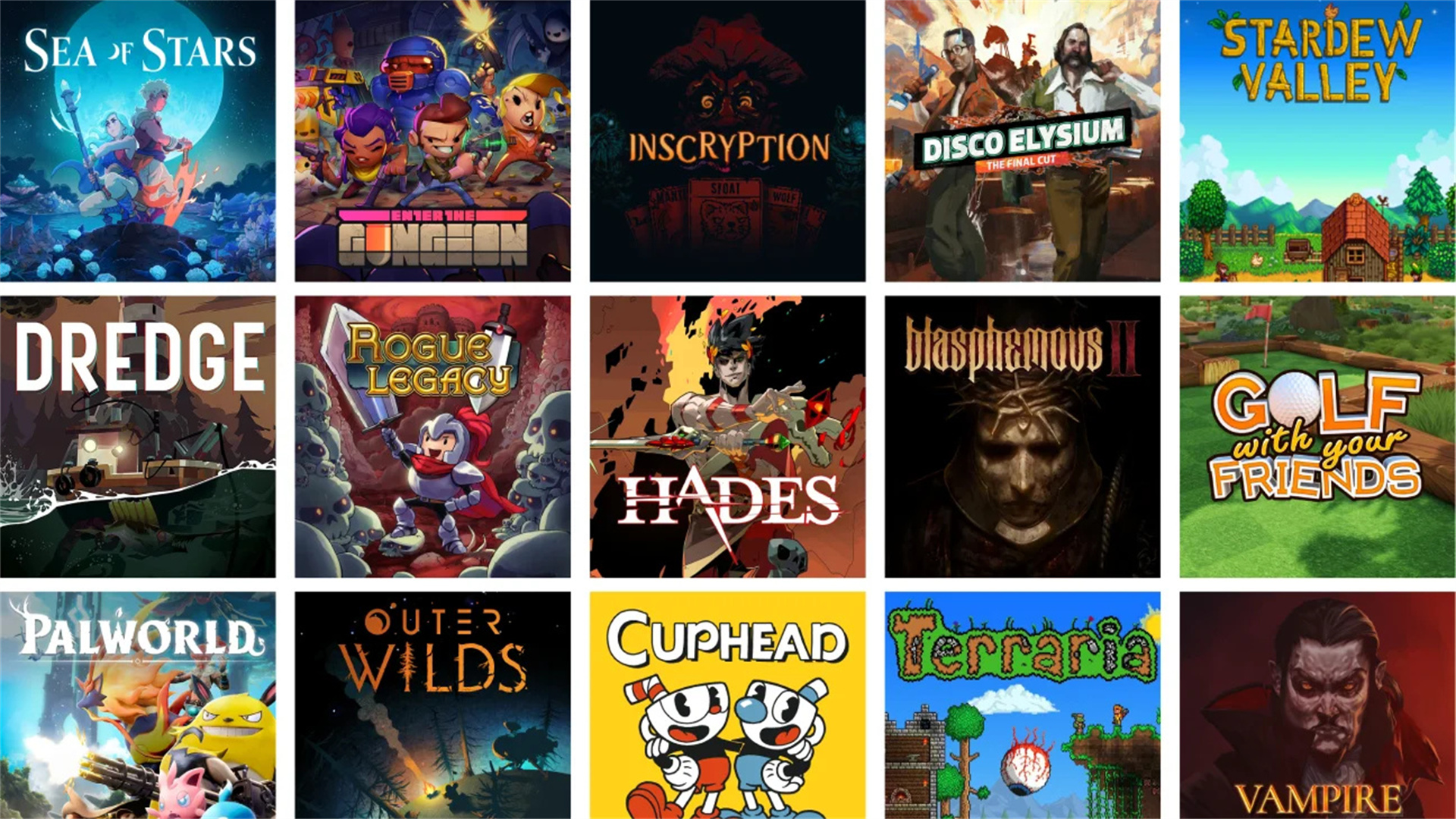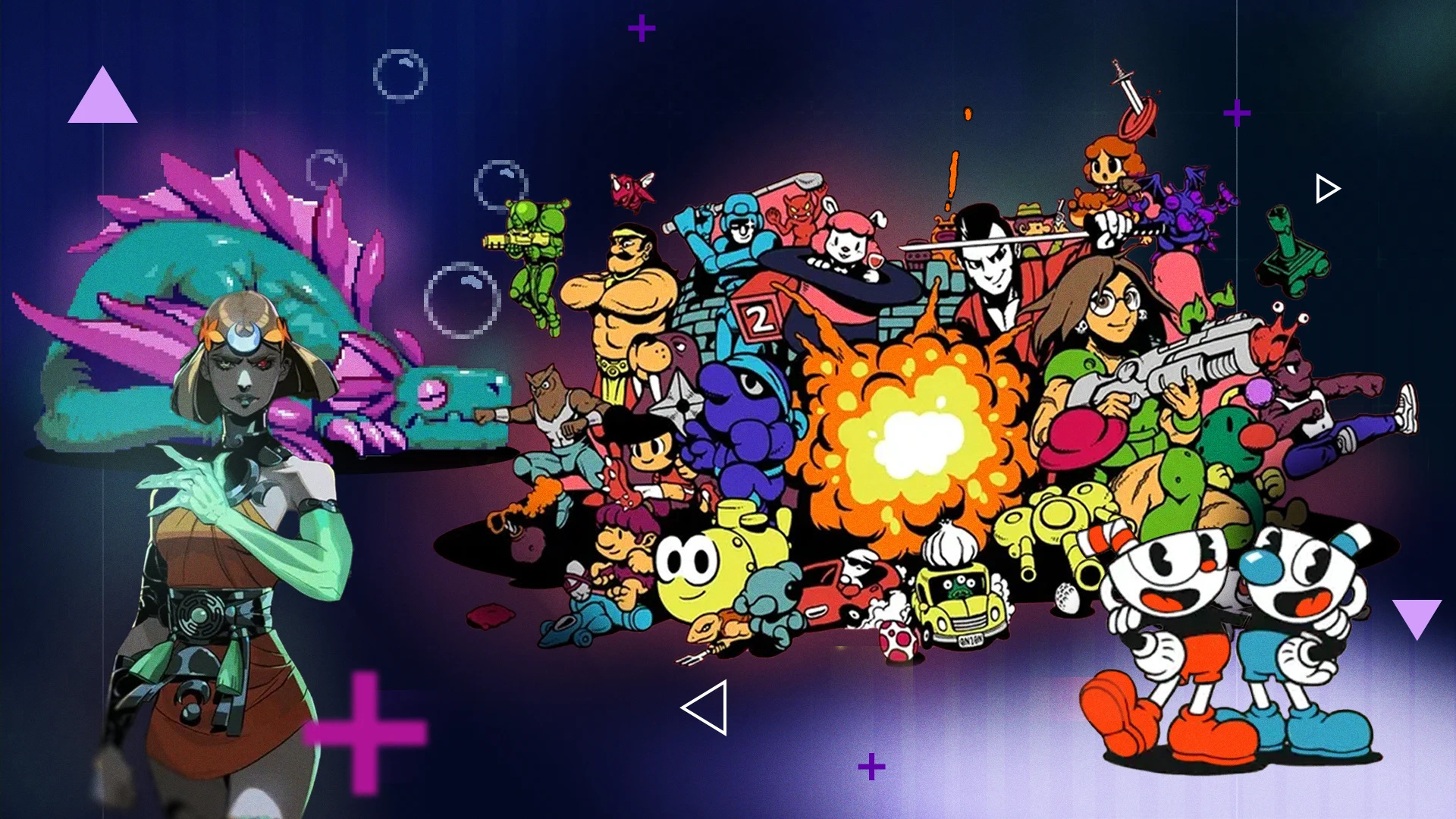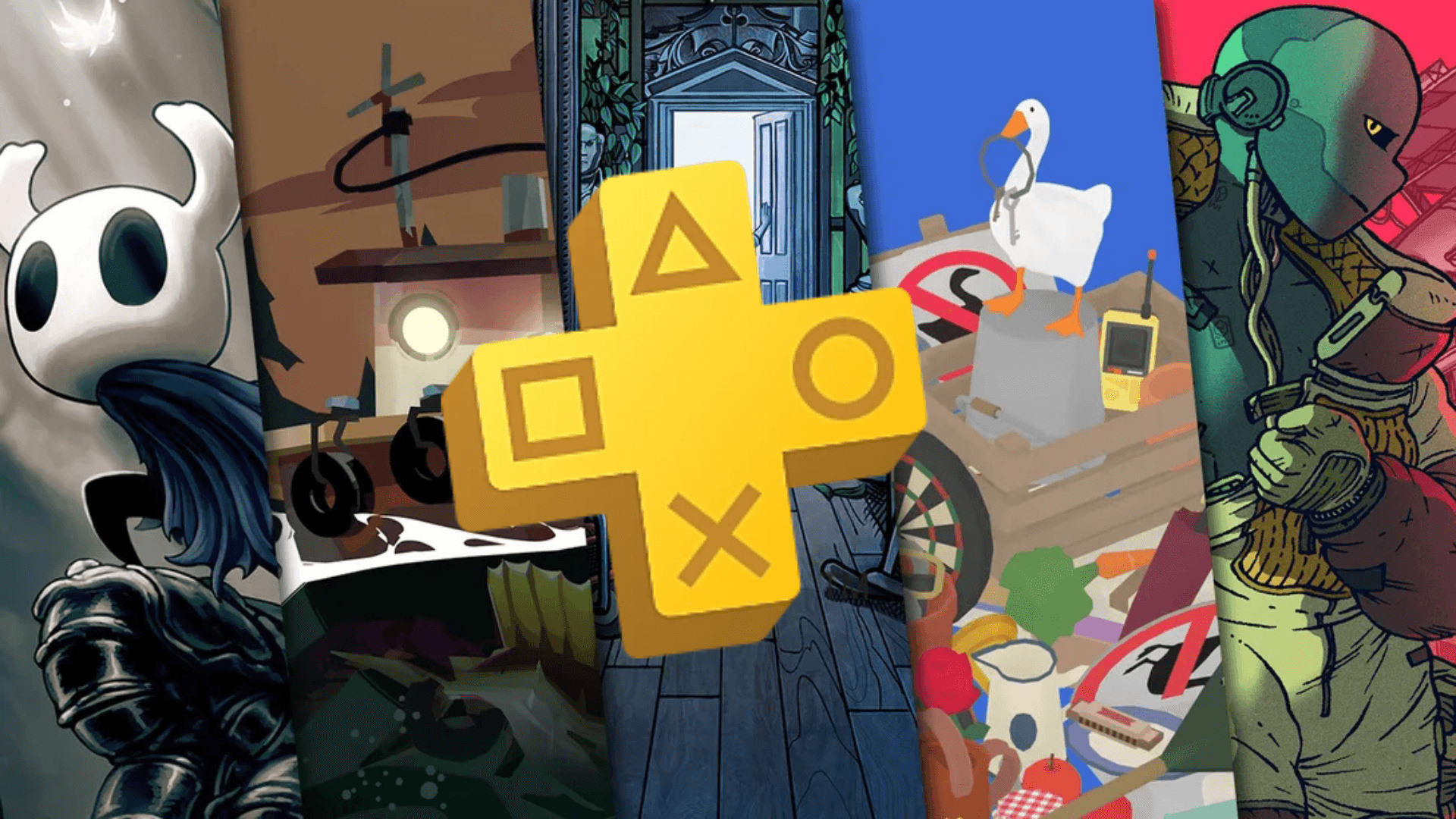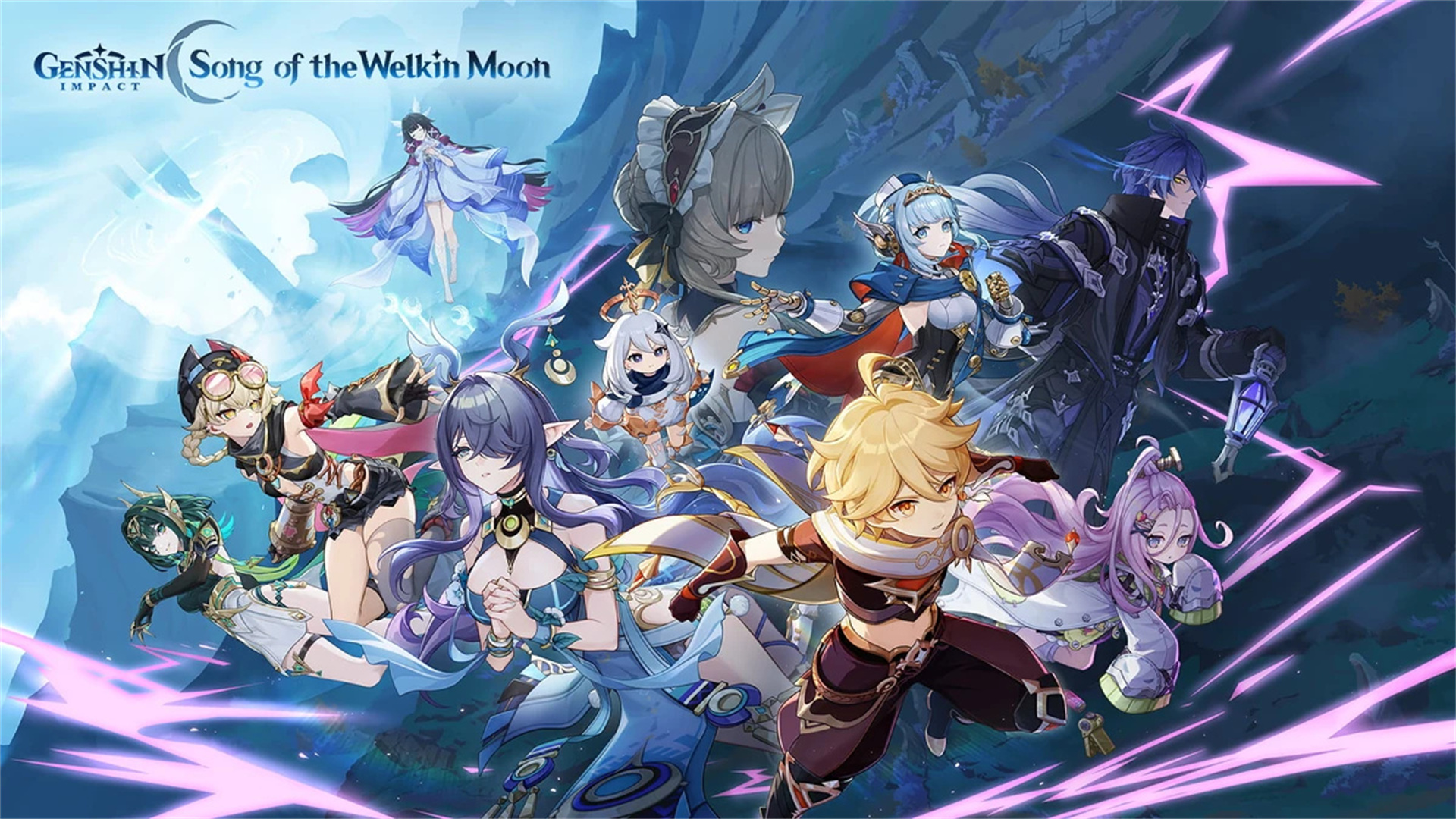Top 10 Indie Games That Redefined Gaming
The gaming industry is often dominated by blockbuster titles with massive budgets and flashy visuals. Yet, independent developers—armed with creativity, passion, and a willingness to take risks—have consistently delivered experiences that rival, and often surpass, those of AAA studios. These indie games prioritize emotional storytelling, innovative mechanics, and artistic expression over commercial appeal. Below, we explore ten of the best indie games that captivated players worldwide, proving that small teams can create unforgettable masterpieces.

1. The Rise of Indie Mastery
In recent years, indie games have evolved from niche experiments into cultural phenomena. Digital storefronts like Steam, Itch.io, and the Nintendo eShop have democratized game distribution, allowing developers to reach global audiences without corporate interference. This freedom has fostered innovation across genres, from narrative-driven adventures to genre-bending hybrids.
What sets indie games apart is their authenticity. Many are born from personal visions, reflecting the creators’passions, fears, and dreams. This raw honesty resonates deeply with players, creating experiences that feel both intimate and universal.
2. Undertale: Choices That Matter
Released: 2015
Developer: Toby Fox
Undertale shattered RPG conventions by letting players choose between violence and mercy. Every enemy encounter offered a moral dilemma: fight or spare? The game’s branching narrative remembered every choice, leading to multiple endings that reflected the player’s actions. Its retro pixel art and chiptune soundtrack belied a story rich with humor, heartbreak, and existential themes.
What surprised the world was how deeply players invested in its characters. Sans, Papyrus, and Flowey became icons, proving that simplicity and emotional depth could outshine photorealistic graphics.

3. Stardew Valley: The One-Man Farming Epic
Released: 2016
Developer: ConcernedApe (Eric Barone)
Stardew Valley began as a solo passion project inspired by Harvest Moon. Eric Barone spent four years crafting every pixel, writing every line of dialogue, and composing every note of its soundtrack. The result was a farming simulator that doubled as a heartfelt community builder.
Players adored its laid-back pace, where tending crops, mining ores, and befriending villagers felt like a digital escape. Yet beneath its sunny exterior lay darker themes—loneliness, legacy, and the struggle to balance work and relationships. Its success proved that a single developer could outdo entire studios.
4. Hollow Knight: A Hand-Drawn Odyssey
Released: 2017
Developer: Team Cherry
Hollow Knight combined Metroidvania exploration with soul-like difficulty. Set in the decaying kingdom of Hallownest, players navigated haunting caverns, fought grotesque bosses, and uncovered a tragic backstory through environmental storytelling.
Its art style—a blend of gothic horror and delicate watercolors—created a world that felt both beautiful and cursed. The game’s unforgiving combat and cryptic lore divided players, but those who persevered found a masterpiece that rewarded patience and curiosity.
5. Celeste: Climbing Beyond Anxiety
Released: 2018
Developer: Maddy Makes Games
Celeste used precise platforming to mirror mental health struggles. Players guided Madeline up Celeste Mountain, a metaphor for overcoming self-doubt. Each death felt like a setback, but every restart symbolized resilience.
The game’s accessibility options—including assist modes—made it inclusive, while its pixel art and haunting soundtrack amplified its emotional weight. Critics praised its honesty, calling it a rare example of gaming as therapy.

6. Hades: A Roguelike with Heart
Released: 2020
Developer: Supergiant Games
Hades redefined the roguelike genre by wrapping procedural runs in a rich narrative. As Zagreus, son of Hades, players escaped the Underworld repeatedly, with each attempt unveiling new dialogue, relationships, and lore.
Its fast-paced combat, stylized art, and dynamic voice acting (featuring Logan Cunningham and Darin De Paul) made it feel like a living myth. The game’s emotional core—a father-son dynamic explored through failure and persistence—earned it Game of the Year awards.
7. Cuphead: A Cartoon Come to Life
Released: 2017
Developer: Studio MDHR
Cuphead paid homage to 1930s animation with hand-drawn visuals and a jazz soundtrack. Its boss battles were infamously difficult, requiring pixel-perfect timing and memorization. Yet its charm lay in its absurdity—players fought anthropomorphic vegetables, giant frogs, and even the Devil himself.
The game’s perfectionism—each frame was hand-painted on celluloid—led to a seven-year development cycle. When it launched, critics hailed it as a technical marvel, proving that artistry could coexist with brutality.
8. Slay the Spire: The Deck-Builder That Started a Revolution
Released: 2019
Developer: MegaCrit
Slay the Spire popularized the deck-building roguelike, blending strategic card play with procedural dungeon crawling. Players climbed a spire, battling monsters and upgrading their decks with each floor.
Its brilliance lay in its replayability—no two runs were alike, and every decision mattered. The game’s early access phase incorporated player feedback, turning its community into co-designers. Its success inspired countless imitators, cementing its legacy as a genre pioneer.

9. Outer Wilds: A Time Loop of Wonder
Released: 2019
Developer: Mobius Digital
Outer Wilds rejected combat in favor of exploration and mystery. Players piloted a spaceship through a solar system trapped in a 22-minute time loop, uncovering clues about an ancient civilization’s extinction.
The game rewarded curiosity over skill—every crash, every black hole, and every hidden message taught something new. Its ending, a poignant reflection on existence, left many players in awe. Winner of multiple awards, it proved that silence and discovery could be as impactful as action.
10. Disco Elysium: A Role-Playing Revolution
Released: 2019
Developer: ZA/UM
Disco Elysium redefined narrative RPGs with its focus on dialogue and internal conflict. Players controlled a detective with amnesia, navigating a dystopian city while grappling with their own psyche.
Its writing—a blend of philosophy, humor, and existential dread—was unparalleled. Every choice shaped the protagonist’s personality, leading to dozens of endings. The game’s lack of combat forced players to engage with its world intellectually, making it a rare example of gaming as literature.
The Soul of Indie Gaming
What unites these games is their courage to defy conventions. They prioritize emotion over spectacle, depth over accessibility, and artistry over profit. Indie developers often create from personal pain or joy, resulting in experiences that feel uniquely human.
The rise of indie gaming is not a fleeting trend but a cultural shift. As technology advances, tools like Unity and Unreal Engine empower creators to bring their wildest ideas to life. Players, in turn, have learned to seek out these hidden gems, recognizing that true innovation often comes from the smallest voices.
Conclusion: The Future of Indie Surprises
The indie revolution has forever changed gaming. Titles like Undertale, Stardew Valley, and Disco Elysium have proven that creativity thrives when unbound by corporate mandates. These games challenge players to think, feel, and reflect, offering experiences that mainstream titles rarely attempt.
As we look ahead, the indie scene promises even greater surprises. With crowdfunding platforms like Kickstarter and Patreon, and distribution channels like Steam Next Fest, the next groundbreaking hit could emerge from a garage in Helsinki or a bedroom in Tokyo. One thing is certain: the spirit of indie gaming will continue to inspire, challenge, and move us, one pixel at a time.






